You're asking "what is eye relief" because you're getting caught up on your techs and specs...
Or... you've recently experienced a scope bite.
It's no fun being unexpectedly smacked in the face when letting off a round.
Was it your fault, or do you have the wrong scope?
Does eye relief matter on a binocular?
This is a spec you need to know about, and if you ignore it, you better have a lot of band-aids on hand for your next shoot.
You've been warned.
What Sport Optics Have Eye Relief?
Any sport optic that has an eyepiece will require adequate eye relief.
- Binoculars
- Rangefinders
- Spotting scopes
- Rifle scopes
- Hand gun scopes
- Scout scopes
- Red dot sights
The distance of that eye relief will vary not only between manufacturers and models, but also by type of optic.
What is Eye Relief?
Simply put, eye relief is the distance between your eyes and the last lens within the eyepiece that allows for a clear, unobstructed image of the entire field of view. That distance is crucial to obtain viewing comfort, a full field of view, and also as a safety precaution for rifle scope users.
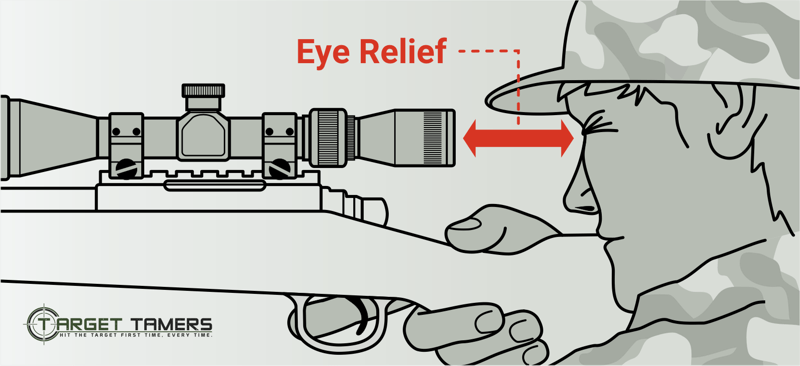
Eye relief is measured in either millimeters (mm) or in inches (in), and it will be different from model to manufacturer and type of optic. For example, a binocular may have acceptable eye relief of 15 mm, and a rifle scope may have long eye relief at 4 inches.
If a rangefinder has eye relief of 16 mm, you'll want to place your eye 16 mm from the eyepiece for the best view. See how that works?
Eye Relief, Field of View, and Magnification
The field of view is the measurement of distance that you can see from edge to edge through the optic. It's measured in either feet or meters. For example, a 20-60x spotting scope may offer 115 feet of viewing area at 1000 yards at 20x.
Magnification is the power setting that your optic can be placed at to see the target/image that much closer. In this case, the spotting scope has 20-60x magnification.
How does it all relate to eye relief?
The more you increase magnification, the more you compromise field of view by reducing this measured distance. This is turn also lessens the amount of eye relief you have.
For example, If the spotter has a max field of view of 115 feet at 1000 yards with 15 mm of eye relief at 20x, and you crank up to max power of 60x, you might only end up with seeing 62 feet at 1000 yards with only 1.7 mm of eye relief left.
The 62 feet at 1000 yards on max power isn't bad in a realistic situation since you are after up-close details of your target. However, it might not be comfortable to stay looking through the spotter if your eyes are dug into the eyepiece with only 1.7 mm of eye relief at 60x.
It's the way that optical physics works. You increase power, you reduce field of view and eye relief. It's a trade-off. High power equals less eye relief. Low power equals more eye relief. One way to be prepared for that is to always look for the two values of each feature - max eye relief and lowest eye relief. Max field of view and lowest field of view.
But, not all optics have to have variable/zoom magnification for eye relief to be affected.
Adjustable Eye Relief
Many optics come with adjustable eye relief, and binoculars with fixed magnification are one such optic. You could have a binocular that offers 16 mm of eye relief which glasses-wearers might be able to get away with. But, if you were to twist out the eyecups all the way, you'll notice that you'll lose some of that distance and you're left with maybe 9 mm of eye relief.
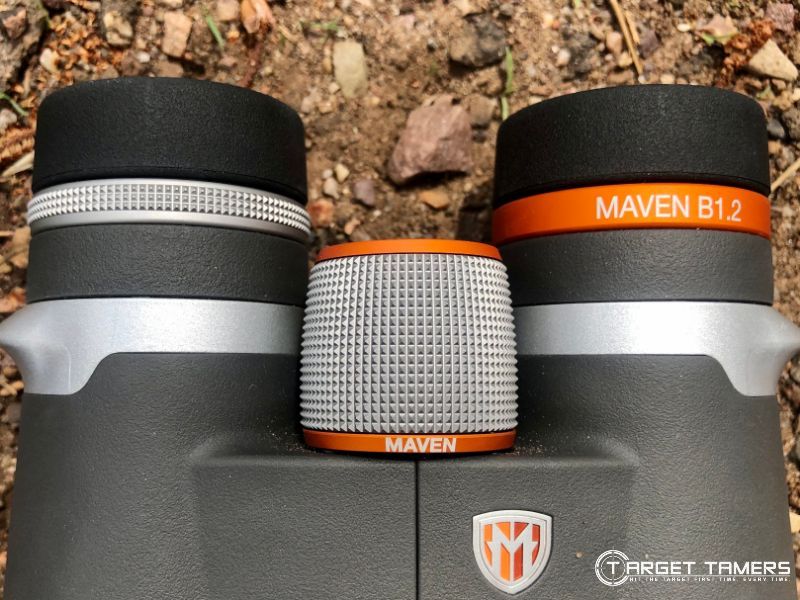
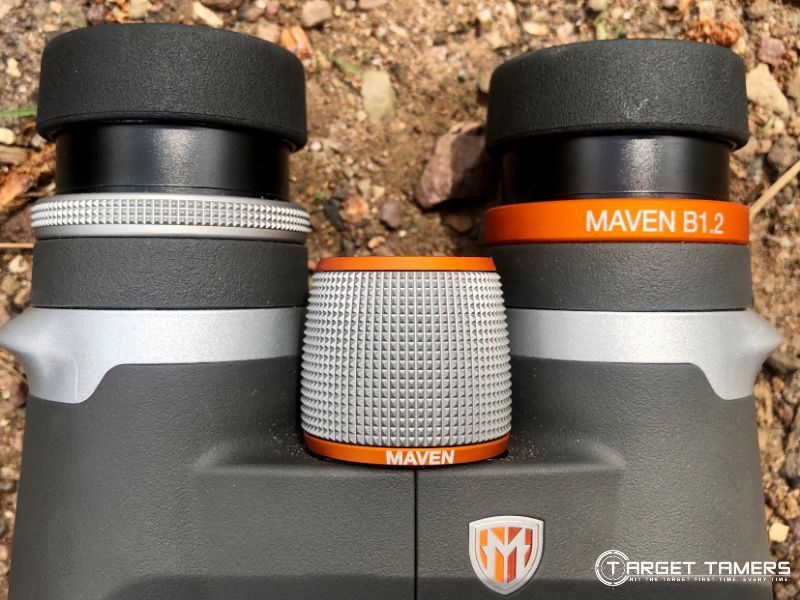
You can see the entire field of view, but your eye sockets may be hurting from pressing them into the rubber eyecups.
Play around with the eyecups to see if you can reach a position that's not only comfortable, but also provides the best viewing.
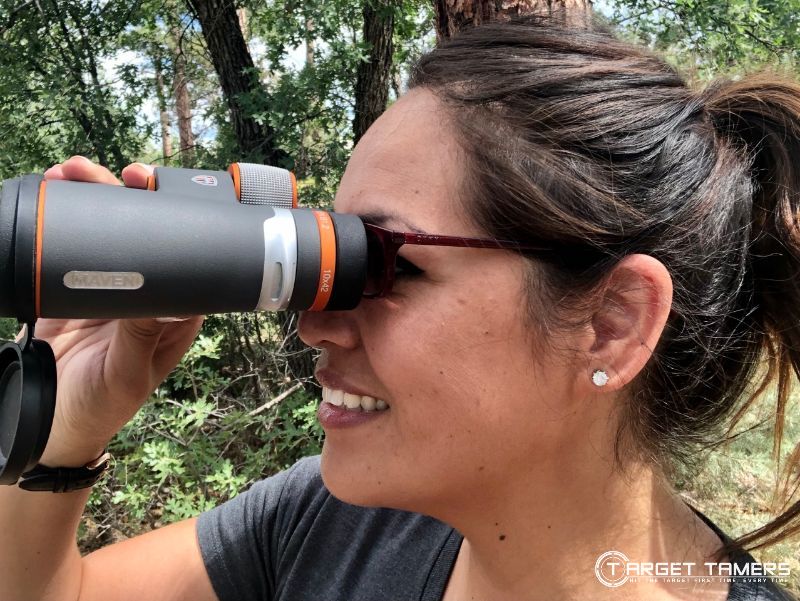
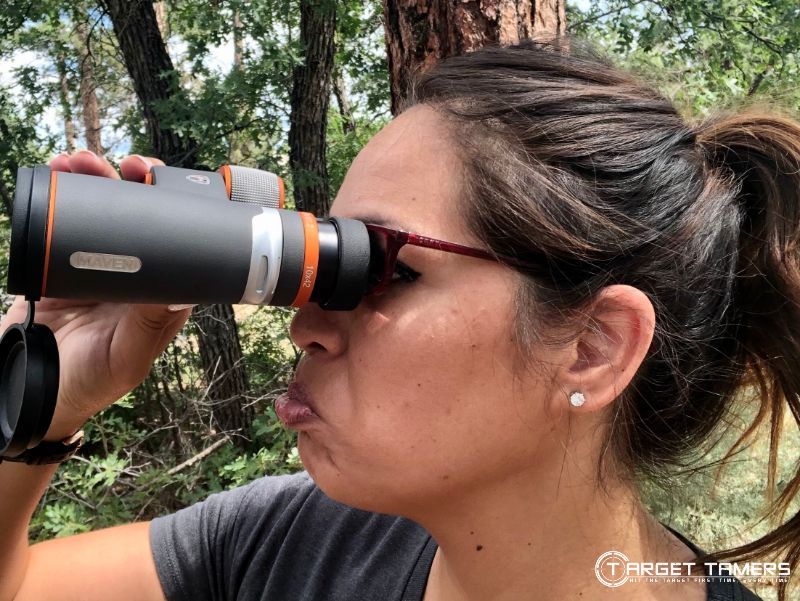
Multi-position eyecups and long eye relief on any optic allow more flexibility for viewing, comfort, and eye safety for both the naked eye and glasses-wearers alike.
Short Eye Relief
Even with all this said, most people don't have any issues with eye relief on sport optics with rifle scopes being the exception. The issues that do come up lie with very short eye relief, those who wear glasses, and rifle scopes on heavy recoil rifles, muzzle loaders, and scopes with extreme magnification.
Short eye relief is typically considered anything less than 13 mm. For the majority of people who don't wear glasses, 13 mm or less may not be an issue, but you may feel like you're pushing the optic into your eye sockets to see the entire field of view.
People who wear glasses may experience viewing difficulties with eye relief less than 16 mm. Since glasses can get in the way, eye relief has to be longer for a glasses-wearer to see the entire field of view. The best way to test if an optic would be a good fit for you in terms of eye relief and if you wear glasses is to look for the full field of view without your specs on and then again with them on. Best case scenario, there should be no difference.
Long Eye Relief
Long eye relief optics are almost always desired. This can be considered as anything around 20-24 mm on a binocular and 4 1/2 inches on a long eye relief scope. It allows for more forgiving distances for those who wear glasses, and it's more comfortable for viewing since it may allow you to not have to place your eye directly onto the eyepiece.
Red dot sights have unlimited eye relief so are ideal for all types of firearms.
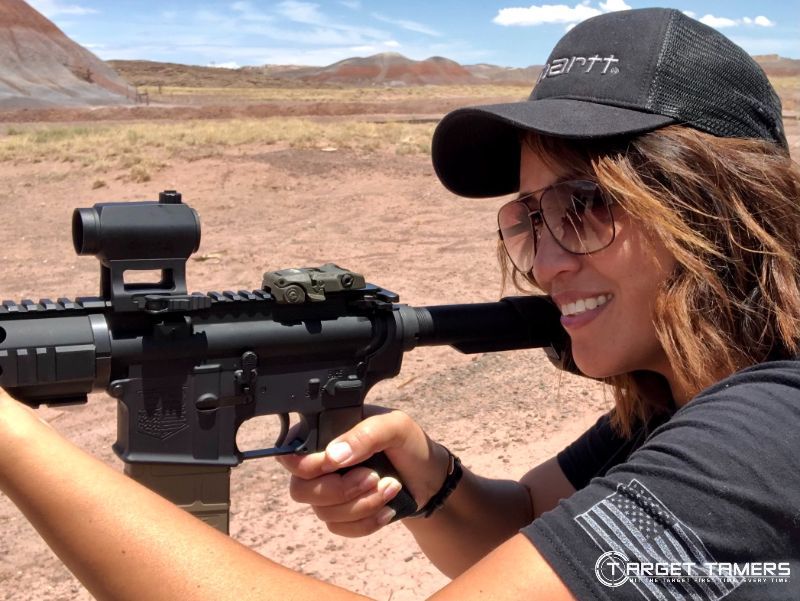
Long eye relief should also allow for more forgiving sideways movement within the optical axis without losing any of the field of view if you have an adequate size exit pupil. After all, the goal is to see everything clearly, brightly, comfortably, and without risk of having a bleeding brow.
When you place your eye outside of the recommended eye relief distance, whether it be too close or too far, you'll run into viewing problems.
- Vignetting/clipped image
- Light transmission loss
- Reduced field of view
- At risk of being hit by the rifle scope during recoil
The eye relief spec should give you an idea of where you want your eye to be. Move a little closer to the eyepiece or move away a little further. However, rifle scopes are a little bit different.
Rifle Scopes and Eye Relief
In the rifle scope world, short and long eye relief are terms that are thrown out and about like there's a definitive difference. However, it really depends on who you ask and what type of firearm you're sporting.
Standard eye relief on a rifle scope is somewhere between 3-3 1/2 inches.
On firearms normally used for sub-500 yard hunting with light-kick, the industry standard works. But, time, extreme hunting ranges, and scopes for large caliber and heavy-kicking rifles have changed the optics game.

Higher-powered scopes are in demand for hard-recoiling rifles that are all about speed and explosive impact, and with that, the need for longer eye relief is a must. So, how do you measure good eye relief for you?
You might find a manufacturer that touts that 4 inches of eye relief is long while another says that 6 inches is still on the short side. So, let's discuss that a little.
4-4 1/2 inches is a great place to force manufacturers into a new industry standard of acceptable eye relief. The higher the magnification, the more you lose in field of view and eye relief. If you could lose an inch at 15-20x power, you're still sitting safe and pretty at 3 1/2 inches of eye relief. We like that, don't you?
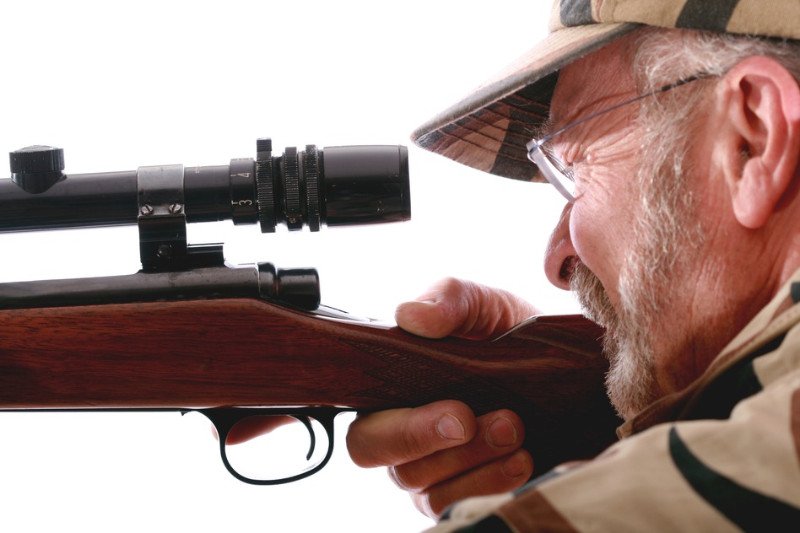
Now, the debate that you lose light transmission with long eye relief is only partly true. If you're talking about a scout scope that sits at 12-16 inches away in the middle of the barrel, then yes, you're going to lose light faster especially come low light conditions. But, when we're talking about extending the industry standard one more inch to 4 1/2 inches, light loss is inconsequential.
6 inches of eye relief is considered long to most of us using a standard rifle scope. But, there are scopes that are specifically marketed as long eye relief scopes that have much higher eye relief than 6 inches and they are usually much lower powered. Think along the lines of scout scopes, hand gun scopes, and scopes made for large-caliber, powerful cartridge rifles.
These long eye relief scopes on powerful rifles are not only needed to provide safe clearance during recoil, but also to easily access and clear the chamber on bolt action rifles. These types of scopes typically sit forward on the barrel. The video below covers some of these long eye relief scopes.
It's a Relief to be Informed
It might seem tedious to get your head around the nitty-gritty of the techs and specs, but the specs are important. It can determine if an optic is right for you, for your rifle, or for your needs.
Asking about eye relief is never a downer as it's always a relief to be a well-informed buyer and user. Avoid sporting a bleeding brow this hunting season, it would be a relief if you didn't have to lose an eye! (Yep, we've got jokes.)
Further Reading
- 10 Good Reasons to Start Using a Hunting Rangefinder Today
- How To Use A Rangefinder To Improve Your Target Shooting Skills
- 5 Tips to Maximize Rangefinder Efficiency in Any Light or Weather
- Glossary of Hunting Rangefinder Terms & Features (Made Easy)
- The Best Angle Compensating Rangefinders & Beginners Guide





